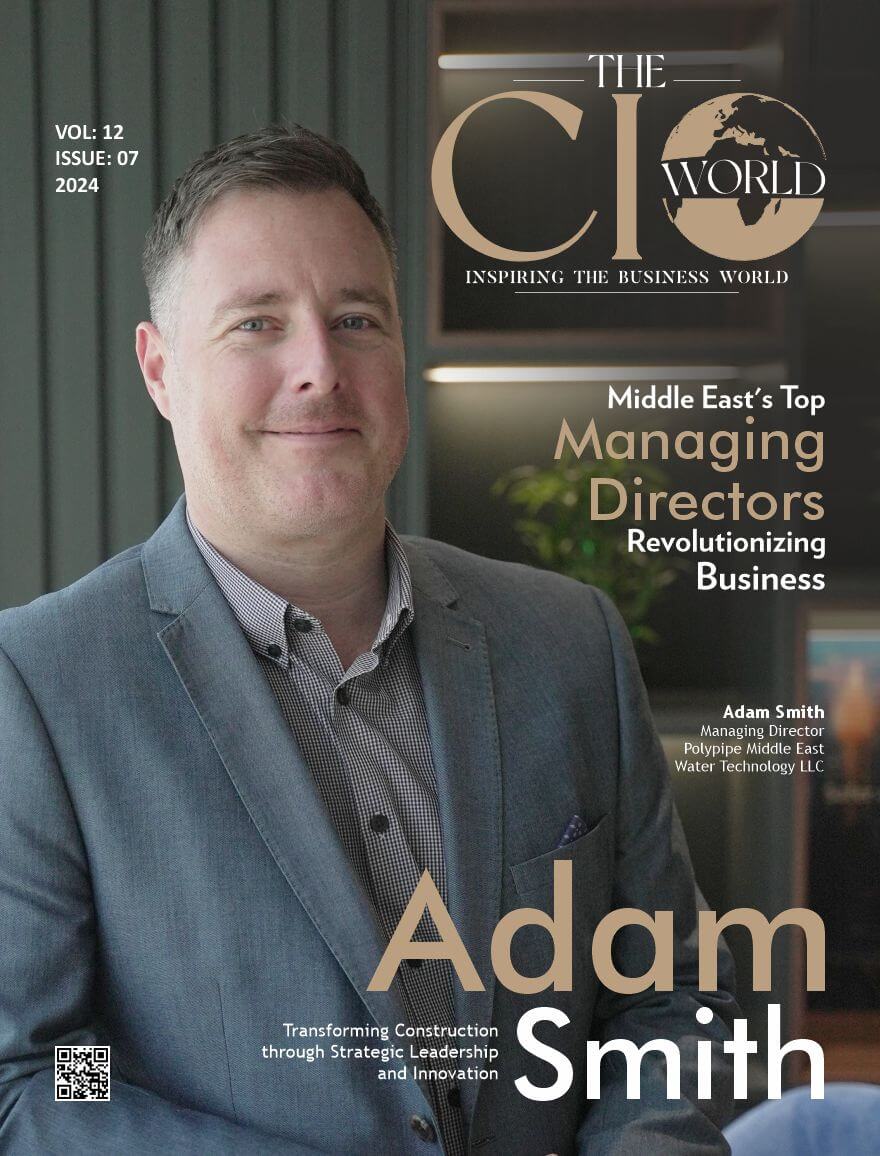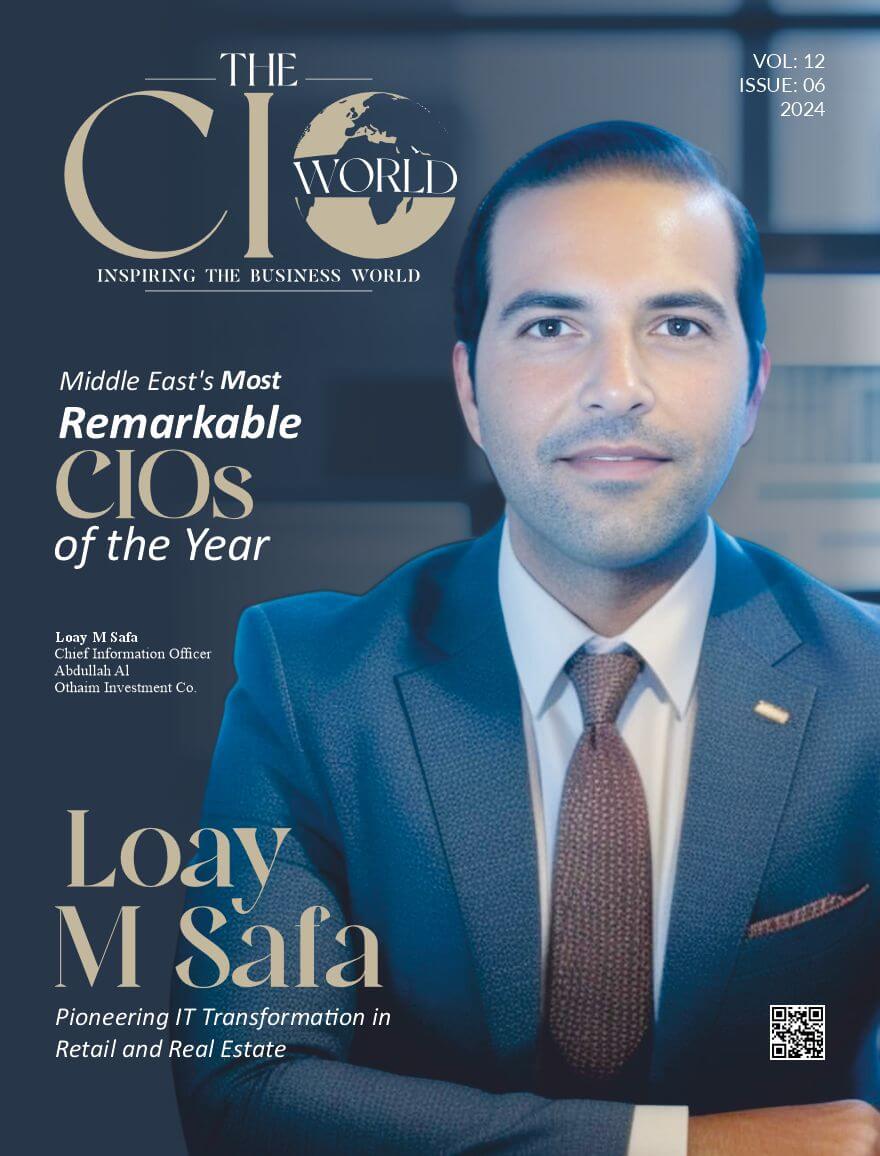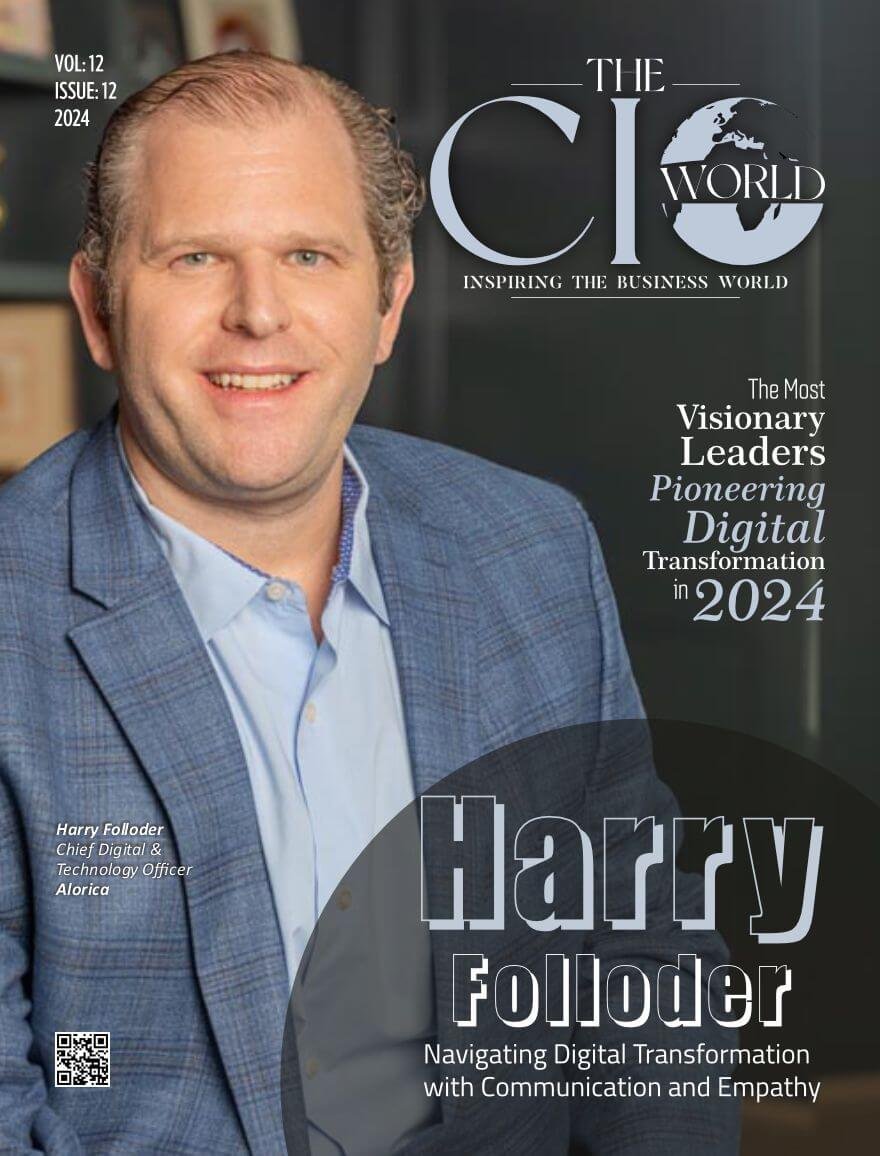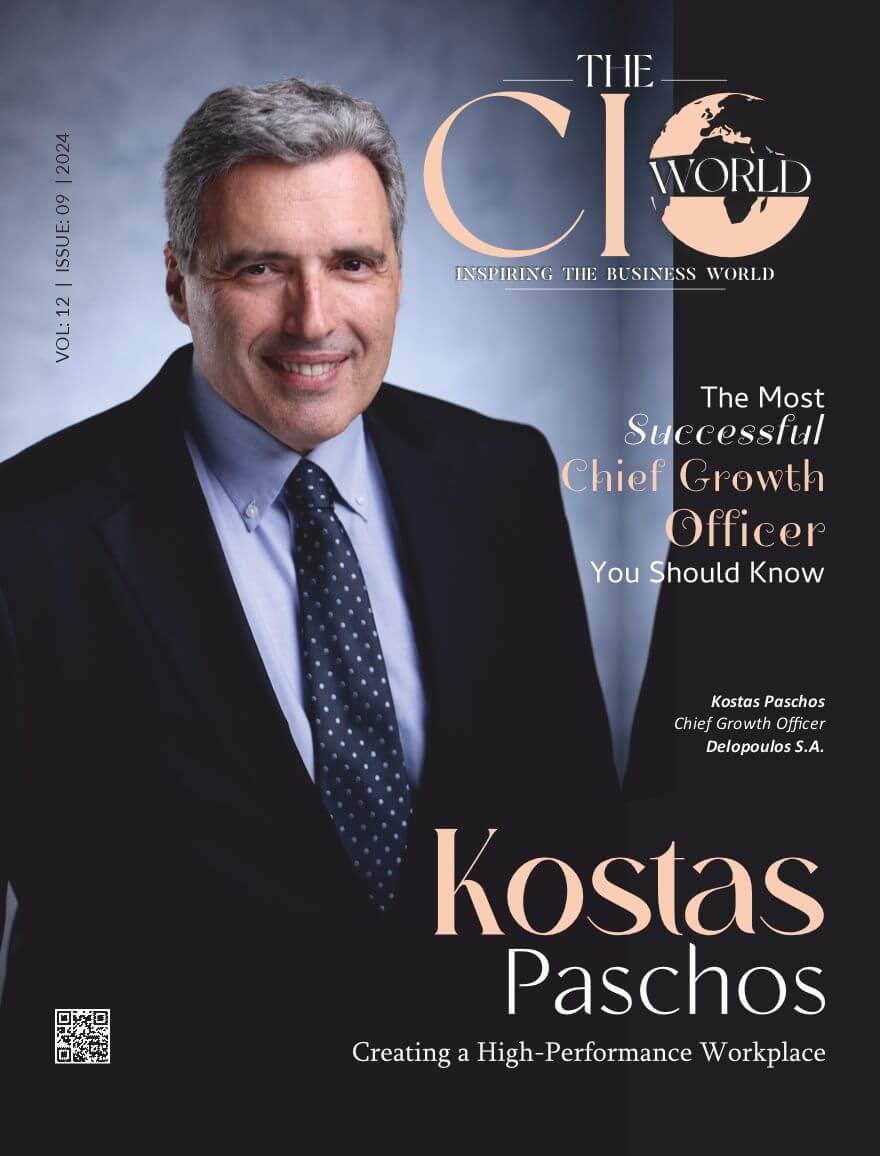Sowing the Seeds of Success through Vibrant Organizational Culture!
My name is Rajendra Parmar, and I work as the COO for VeBuIn Pvt. Ltd. The journey of the entrepreneur started in April 2015.
As the COO and Co-Founder of VeBuIn, a company that provides innovative solutions for clients, I have been leading the operations and strategy of the business since 2015. I have over 15 years of experience in software development, system analysis, and client management, with a strong background in C programming and shell scripting.
My mission is to solve clients’ problems and deliver better solutions with suitable technologies while creating a positive and collaborative work environment for my team. I have successfully implemented multiple projects for Japanese clients.
For me, technology is just a tool to solve a client’s problem. Clients’ problems always come first, and to solve those problems, we can use tools like technology. To understand the client’s problem, empathy is required. If we are not able to understand the problem properly, we might not be able to propose a better solution.
Since childhood, I have believed in person-to-person relationships. In this digital world where most things can be done by systems or tools, human touch is very important.
For any company, how it is going to perform in the future depends on its culture. If companies can build a strong cultural base, it can last for longer periods.
I would like to share my views on the importance of how culture plays a crucial role in shaping an organization’s identity and impacting its overall success.
For me, “Culture is feelings.”
- Communication creates
- Experience creates
- Emotions create
Company CULTURE refers to the beliefs and behaviors that determine how a company’s members interact and handle situations outside as well as inside.
Potential Benefits of Culture
- A positive and inclusive culture encourages a sense of belonging among employees. When individuals feel connected to their workplace, they are more likely to be engaged, satisfied, and motivated to contribute their best efforts.
- A strong organizational culture can drive higher levels of productivity and performance. When employees understand the values and goals of the organization, they are more likely to work together towards common objectives. (We are using OKR for the same.)
- A positive culture can contribute to employee retention by creating a work environment that people enjoy being a part of. It can also attract top talent. It will empower the individual.
- A culture that encourages creativity and risk-taking is more likely to encourage innovation. When employees feel empowered to express their ideas without fear of criticism, it can lead to the development of new and innovative solutions. By taking a challenge, if they fail, then the company should also appreciate it.
- Organizations with a strong culture are often more adaptable to change. A culture provides a foundation that helps employees navigate through uncertainties and challenges, promoting resilience and flexibility.
Ways to Build an Organizational Culture
- Define Mission and Vision for the Company: A clear mission and vision are very important. Bringing people together for a common goal is a challenge, and for that, mission and vision are required. My company’s mission and vision are “We Build Innovation for a Better Society.”
- Define Core Values: Clearly define and communicate the core values that represent the organization’s beliefs and principles. These values should guide decision-making and behavior at all levels. My company VeBuIn’s core values are empathy, safety, reliability, lean and agile, shared values, and a growth mindset.
- Lead by Example: Leadership plays a critical role in shaping culture. Leaders should be involved and demonstrate the desired cultural traits, serving as role models for employees.
- Employee Involvement: Encourage employee participation in shaping the culture. Seek their input on values, goals, and initiatives, making them feel like active contributors to the organization’s identity.
- Communication and Feedback: Encourage open and transparent communication. Regularly share information about organizational goals, successes, and challenges. We are doing the following at VeBuIn.
- Morning Meeting (Weekly Once): Important Announcement to All, whether it is success or failure. Remind everyone about core values.
- One-on-One Meeting: Individual opinions and concerns should be taken care of. Progress should be measured.
- Get to Gather and Celebrate: Everyone shares culture with each other, and everyone participates along with family. It shows that all the members are one family.
- Regular feedback is as important as communication. It will become the basis for our process improvement.
- Recognition and Rewards: Acknowledge and reward behaviors that align with the desired culture. Recognition programs can reinforce positive contributions and motivate employees to express cultural values. Implementing thank-you cards in the company. For any good work, a person gets a thank-you card from other members.
- Employee Empowerment: Invest in training programs that align with the organization’s culture. This helps employees understand and internalize the values and expectations. Empowering the employees will directly strengthen the company. Create an environment where everyone will be encouraged to study and learn new things.
- Promotion Based on Performance, Not Age: Create a culture that values diversity and promotes inclusivity. Embrace different perspectives, backgrounds, and experiences to enrich the organizational environment.
- Ethical Behavior and Decision-Making: Culture sets the tone for ethical behavior within the organization. A strong ethical culture promotes integrity and guides employees in making ethical decisions. Encourage everyone to protect the core values of the company.
- Company Brand Image: The culture of a company contributes to its overall brand image and reputation. A positive culture can enhance the company’s reputation both internally and externally.
- Long-Term Success: A healthy organizational culture is a key factor in achieving long-term success and sustainability.
It provides a foundation for strategic alignment, organizational resilience, and the ability to weather challenges.
In conclusion, company culture is a fundamental and dynamic force that profoundly shapes the identity and success of an organization. It encompasses shared values, beliefs, behaviors, and norms that guide how individuals within the company interact and operate. A positive and well-defined culture contributes to employee engagement, satisfaction, and retention, fostering a sense of purpose and unity.
Let’s put more effort into culture-building.







